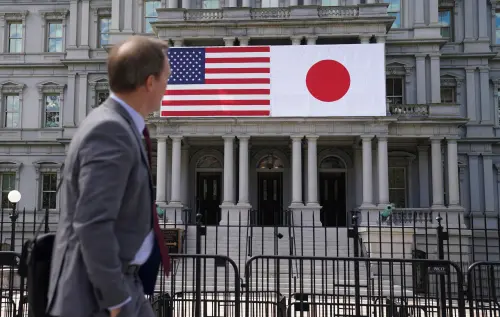The traditional underpinnings of international relations in Asia are undergoing profound change, and the rise of China is a principal cause. Other causes include the relative decline of U.S. influence and authority in Asia, the expanding normative influence of the Association of Southeast Asian Nations (ASEAN) and the growth of regional multilateral institutions, increased technological and economic interdependence throughout the region, and the amelioration of several formerly antagonistic bilateral relationships. As a result of these processes, the structure of power and the nature of the regional system are being fundamentally altered.
China’s growing economic and military power, expanding political infuence, distinctive diplomatic voice, and increasing involvement in regional multilateral institutions are key developments in Asian affairs. China’s new proactive regional posture is reºected in virtually all policy spheres— economic, diplomatic, and military—and this parallels China’s increased activism on the global stage.1 Bilaterally and multilaterally, Beijing’s diplomacy has been remarkably adept and nuanced, earning praise around the region. As a result, most nations in the region now see China as a good neighbor, a constructive partner, a careful listener, and a nonthreatening regional power. This regional perspective is striking, given that just a few years ago, many of China’s neighbors voiced growing concerns about the possibility of China becoming a domineering regional hegemon and powerful military threat. Today these views are muted. China’s new confidence is also reflected in how it perceives itself, as it gradually sheds its dual identity of historical victim and object of great power manipulation. These phenomena have begun to attract growing attention in diplomatic, journalistic, and scholarly circles, both regionally and internationally.2
China’s regional rise and these changing perceptions have prompted countries along China’s periphery to readjust their relations with Beijing, as well as with one another. As China’s influence continues to grow, many of these countries are looking to Beijing for regional leadership or, at a minimum, are increasingly taking into account China’s interests and concerns in their decisionmaking. Although China is far from being the only consequential power or factor in the region, its desire for a larger role has become a principal catalyst in shaping a new order in Asia. In this new order, Asia’s principal subregions (Northeast Asia, Southeast Asia, South Asia, and Central Asia, as well as Oceania) are becoming increasingly interactive and enmeshed in a growing web of interdependence. The emerging order is also characterized by a changing role for the United States and its regional allies, as well as by the maturing of regional institutions that do not involve the United States. Although the North Korean and Taiwan situations could still erupt into conflict and puncture the prevailing peace, the predominant trend in the region is growing interdependence and cooperation among both states and nonstate actors—with China increasingly at the center of this activity.


Commentary
China Engages Asia: Reshaping the Regional Order
January 1, 2005